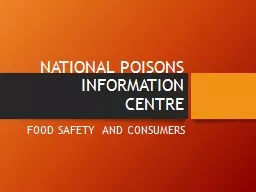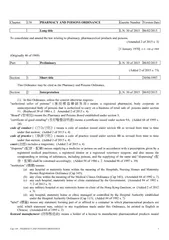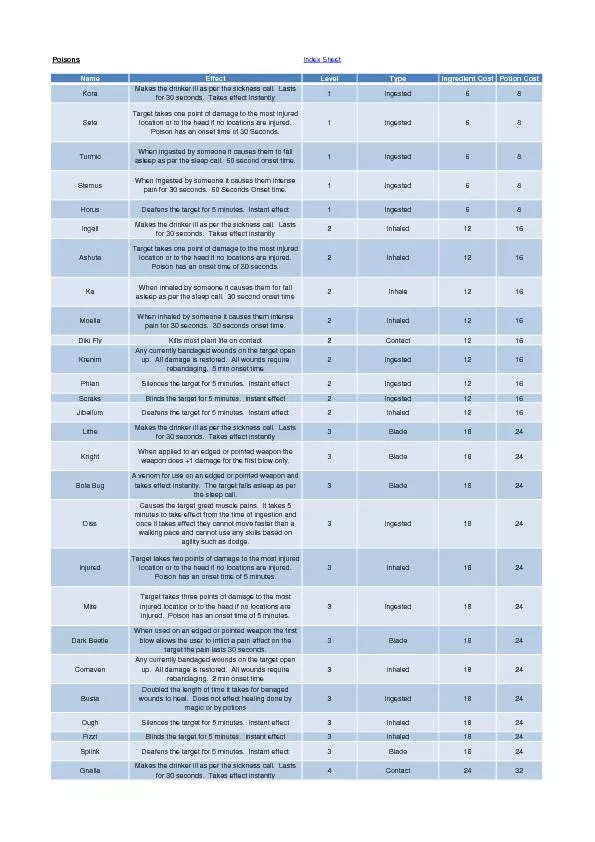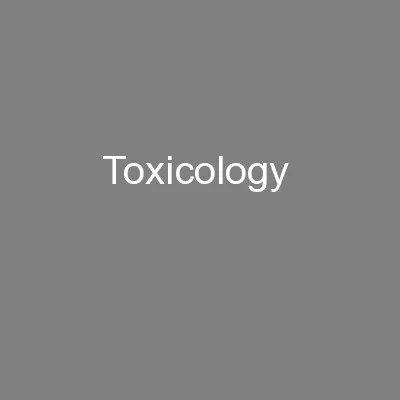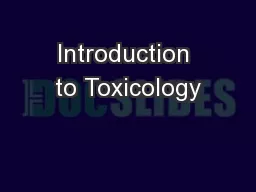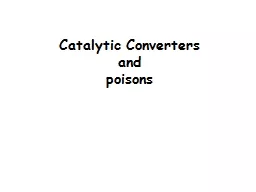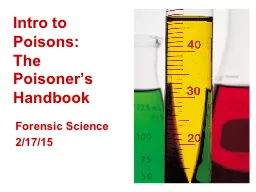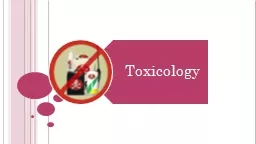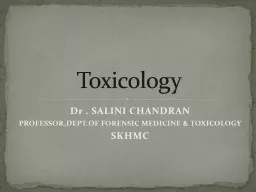PPT-NATIONAL POISONS
Author : stefany-barnette | Published Date : 2017-03-31
INFORMATION CENTRE FOOD SAFETY AND CONSUMERS FOOD REGULATIONS IN SRI LANKA Why you need Regulations To protect consumer To protect industry To control imports Food
Presentation Embed Code
Download Presentation
Download Presentation The PPT/PDF document "NATIONAL POISONS" is the property of its rightful owner. Permission is granted to download and print the materials on this website for personal, non-commercial use only, and to display it on your personal computer provided you do not modify the materials and that you retain all copyright notices contained in the materials. By downloading content from our website, you accept the terms of this agreement.
NATIONAL POISONS: Transcript
Download Rules Of Document
"NATIONAL POISONS"The content belongs to its owner. You may download and print it for personal use, without modification, and keep all copyright notices. By downloading, you agree to these terms.
Related Documents

